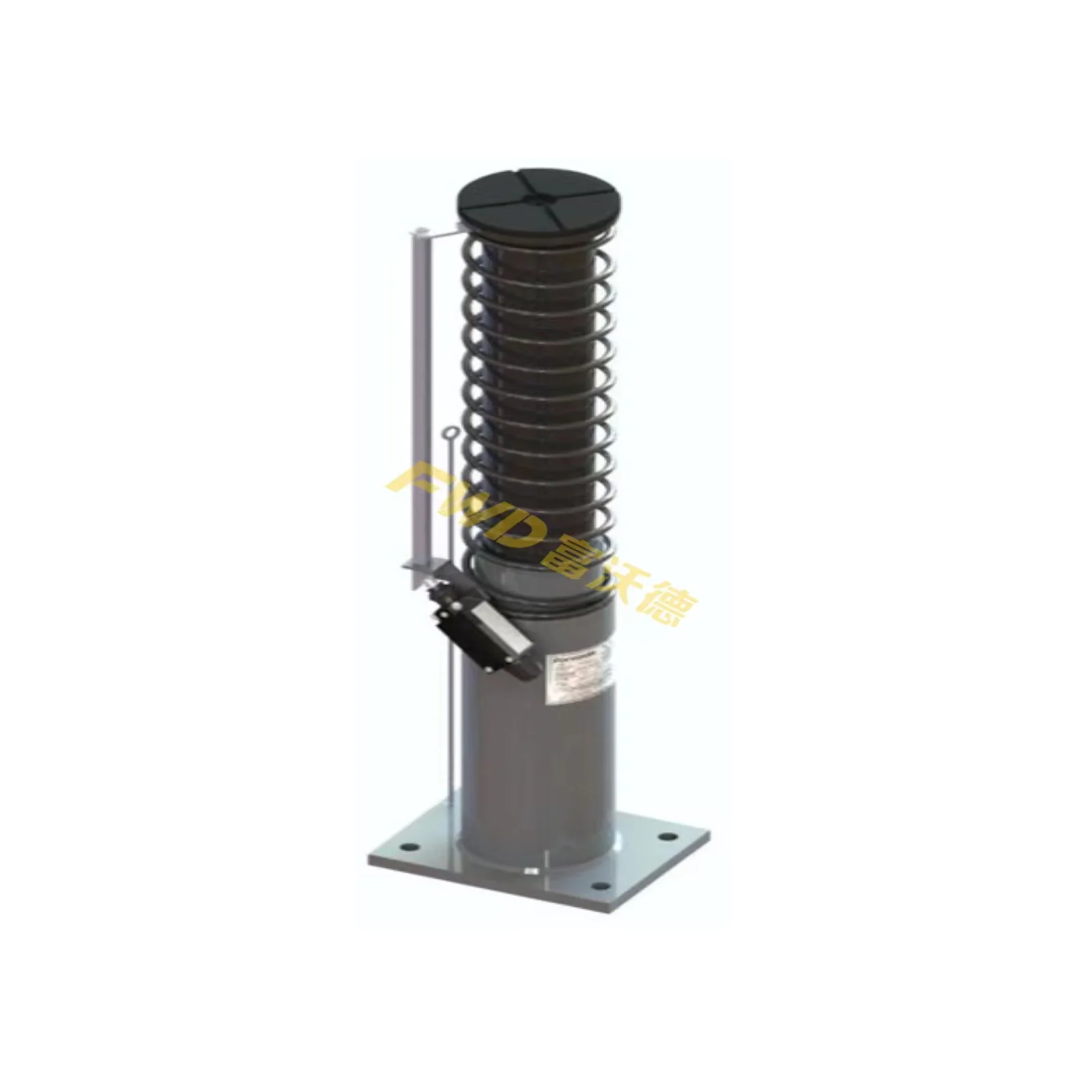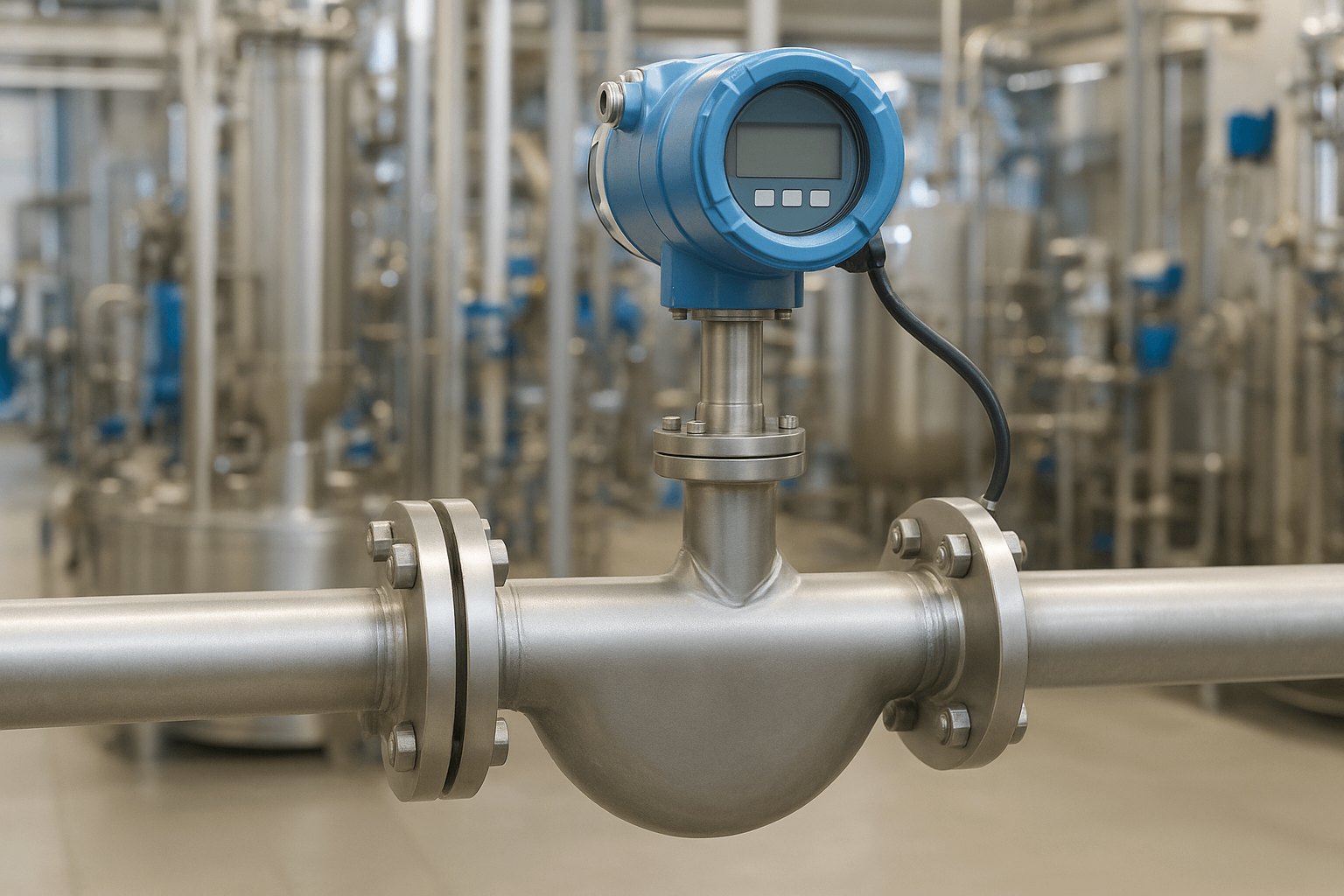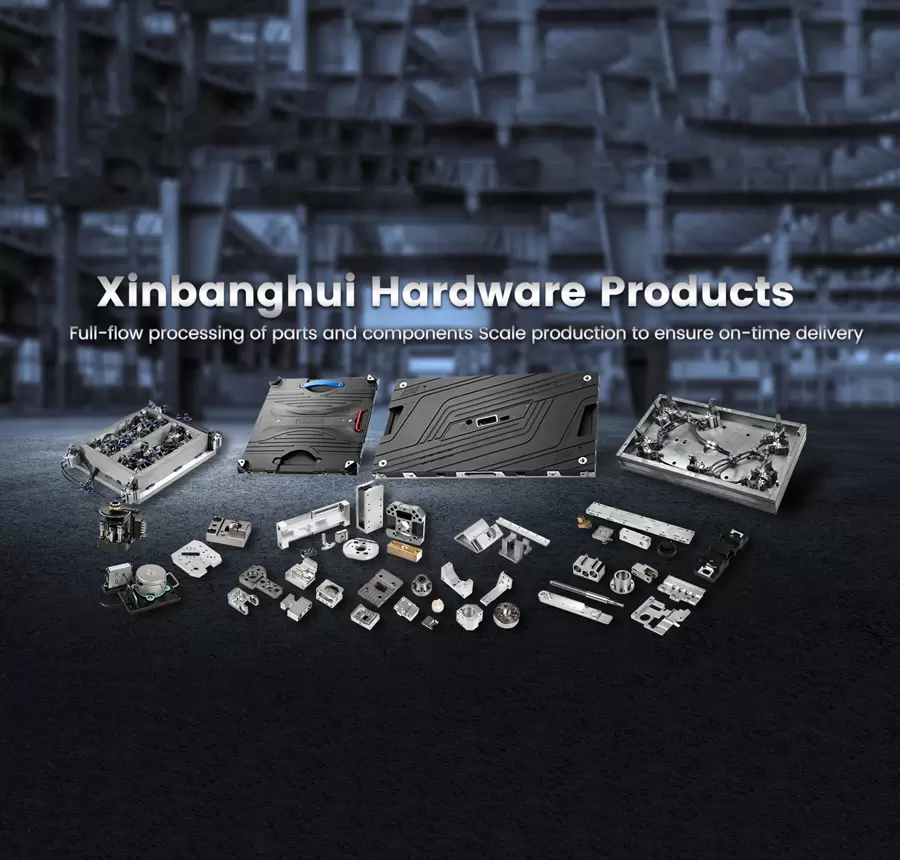Elevator Oil Buffers: Enhancing Elevator System Efficiency and Safety

Elevators are fundamental components of modern infrastructure, enabling convenient vertical transportation across commercial, residential, and public buildings. Whether it's a high-rise office building or a luxury hotel, elevators must deliver smooth, safe, and reliable performance. One key component that ensures these qualities is the elevator parts oil buffer. While often unnoticed by the average passenger, this component plays a critical role in the elevator's safety and operational efficiency. An elevator parts oil buffer functions as a hydraulic shock absorber, designed to absorb the kinetic energy generated during an elevator's downward motion. In emergency situations, such as free fall or rapid descent, the oil buffer prevents damage to the elevator and reduces the impact on passengers. By providing reliable deceleration, this component ensures that even in the worst-case scenario, the elevator operates smoothly and without causing harm. In this article, Xizi Forvorda will delve into the working principle of the elevator parts oil buffer.
What Is an Elevator Parts Oil Buffer?

An elevator parts oil buffer is a safety device designed to absorb and dissipate the kinetic energy of an elevator car during emergency conditions, such as when the car descends too rapidly or experiences a sudden drop. Installed at the bottom of the elevator shaft, the oil buffer prevents the car from hitting the pit floor with excessive force, thus avoiding damage to the system and minimizing the risk of injury to passengers.
This device operates based on the principles of hydraulic resistance. It consists of a cylinder filled with oil, and when the elevator car descends quickly, the piston inside the cylinder moves through the oil, generating resistance. This resistance slows down the elevator, gradually bringing it to a stop. The slower the deceleration, the less the force acting on the elevator's components and passengers.
The elevator parts oil buffer is typically used in conjunction with other safety devices, such as overspeed governors and emergency brakes. While these systems detect and respond to abnormal speeds, the oil buffer ensures a controlled, energy-dissipating stop, offering a soft landing and safeguarding all elevator components.
How Does an Elevator Parts Oil Buffer Work?
The primary function of an elevator parts oil buffer is to slow down the elevator car during a rapid descent. The mechanism relies on hydraulic force, using oil to absorb the kinetic energy generated during the elevator's downward motion. Here's a more detailed breakdown of how the oil buffer functions:
1. Movement of the Piston
When the elevator car moves down the shaft too quickly, it triggers the elevator parts oil buffer. The piston inside the buffer is connected to a plunger, which forces the oil inside the cylinder to flow through small valves. The piston is pushed downward by the car's descent, which in turn forces the oil through narrow openings or channels in the valve system.
2. Hydraulic Resistance and Energy Dissipation
As the oil flows through the valve system, it creates hydraulic resistance. This resistance forces the piston to decelerate, gradually reducing the speed of the elevator car. The hydraulic oil absorbs the energy of the moving car and converts it into heat, which is dissipated through the oil. The slower the flow of the oil, the more gradual the deceleration, leading to a smoother stop.
3. Controlled Stop
The elevator parts oil buffer is calibrated to stop the elevator car safely and gradually, without allowing it to slam into the pit floor. The oil buffer slows the elevator at a controlled rate to prevent any jarring movements. This process ensures a soft landing, minimizing the risk of damage to the elevator's mechanical components and avoiding harm to passengers. The buffer's hydraulic properties can be adjusted based on the elevator's specifications, such as its weight, travel speed, and the height of the building. This customization ensures that the buffer provides adequate deceleration for different elevator configurations.
The elevator parts oil buffer is an integral component in ensuring the safe and efficient operation of elevators, particularly in emergency situations. Its ability to absorb kinetic energy and decelerate the elevator car smoothly prevents accidents and extends the life of the elevator system. As elevators continue to evolve and demand for high-speed, high-capacity lifts increases, the role of elevator parts oil buffers will remain vital in preserving the safety and efficiency of these essential transport systems.
https://www.xizi-ec.com/Elevator-Oil-Buffers-Enhancing-Elevator-System-Efficiency-and-Safety.html
https://www.xizi-ec.com/FHB275A-oil-buffer.html
www.xizi-ec.com
Zhejiang Xizi Forvorda Electrical Machinery Co., Ltd.





